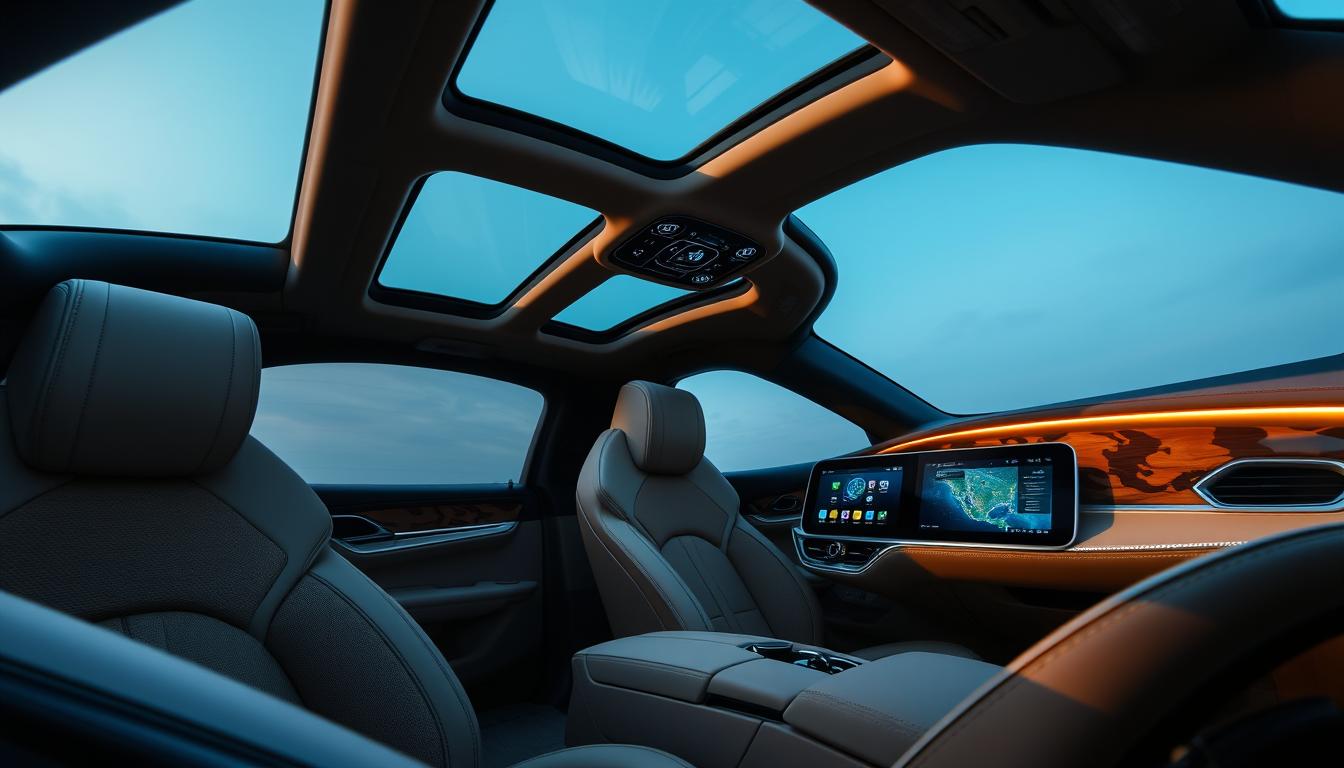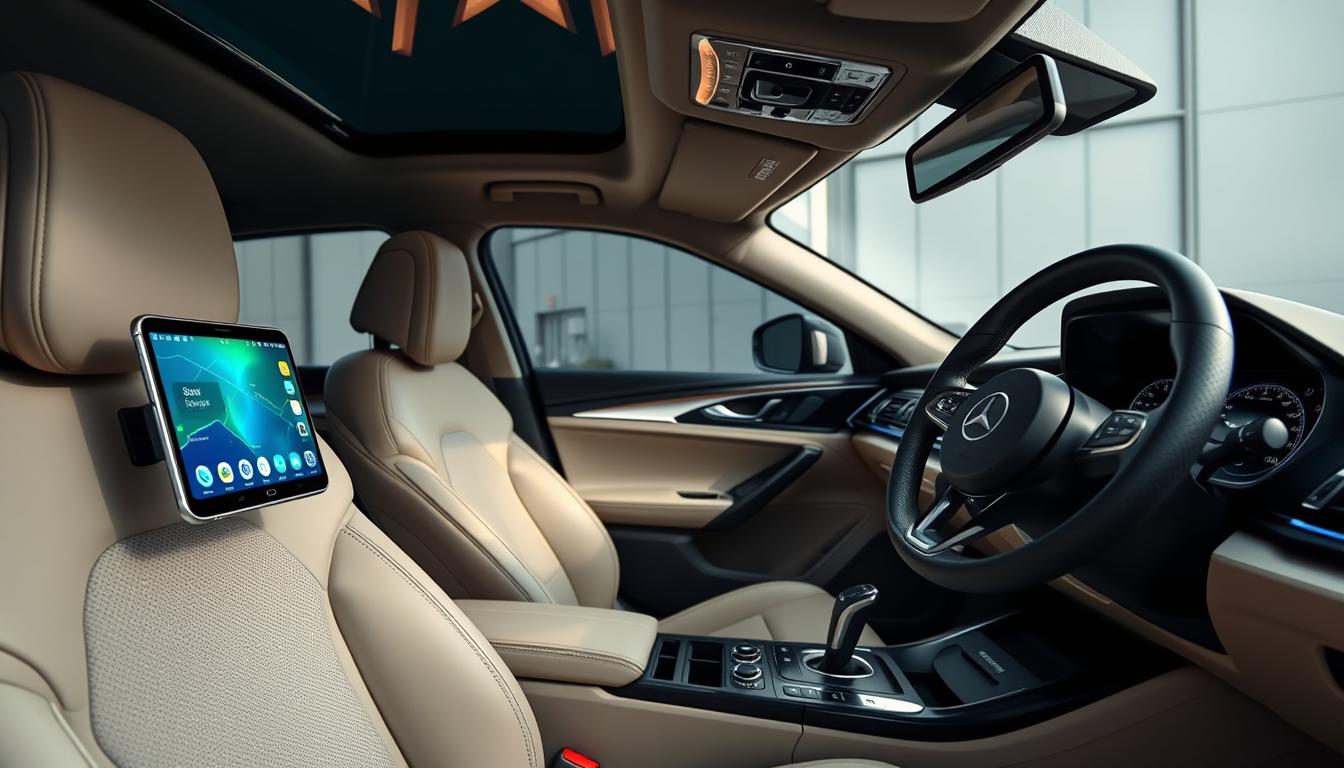In 2022, a staggering 42,514 people lost their lives in motor vehicle crashes, with many of these incidents attributed to human error. This sobering statistic underscores the critical need for advancements in driver assistance technologies, which hold the potential to significantly reduce traffic crashes and save thousands of lives annually.
We’re on the cusp of a revolutionary transformation in automotive tech, with modern vehicles increasingly equipped with sophisticated systems designed to enhance both safety and convenience. The integration of artificial intelligence, sensors, and advanced computing power is enabling vehicles to monitor their surroundings, assist drivers, and even take control in hazardous situations.
For more insights on enhancing your driving experience, explore our guide on top car accessories and gadgets. As we move toward a future with greater automation and intelligence, understanding these innovations is crucial for making informed decisions about your next vehicle purchase.
Key Takeaways
- Driver assistance technologies can significantly reduce traffic crashes.
- Modern vehicles are equipped with sophisticated safety and convenience systems.
- Artificial intelligence and advanced computing are enhancing vehicle capabilities.
- Understanding automotive innovations is key to informed vehicle purchasing decisions.
- Future vehicles will feature greater automation and intelligence.
The Evolution of Cutting-Edge Car Technology for Safety and Convenience
The relentless pursuit of innovation in the automotive sector has led to the development of sophisticated technologies that are revolutionizing vehicle safety and convenience. As manufacturers compete to outdo each other, consumers are the primary beneficiaries of these advancements.
From Basic Features to Advanced Systems
The progression in automotive safety technology has been remarkable. Initially, safety innovations focused on passive protection, such as seatbelts and airbags, designed to minimize injury during a crash. Modern systems, however, actively work to prevent accidents from occurring in the first place. This shift is largely due to the competitive landscape among manufacturers, which has accelerated innovation, with companies constantly developing new technologies to differentiate their vehicles in a crowded market.
The transition to electric vehicles has further spurred technological advancement, as manufacturers seek new ways to distinguish their products beyond traditional mechanical differences. Modern vehicles now incorporate numerous sensors, cameras, and radar systems that constantly monitor the vehicle’s surroundings and provide real-time data to onboard computers.
How Modern Technology is Transforming the Driving Experience
These advanced systems are transforming the driving experience by reducing driver workload, enhancing situational awareness, and providing unprecedented levels of comfort and convenience. The evolution of these technologies represents a fundamental shift in how we interact with our vehicles, moving from purely mechanical control to a partnership between human drivers and intelligent systems.
As these technologies continue to mature, we’re seeing the lines blur between driver assistance and automation, setting the stage for the fully autonomous vehicles of the future. This development is poised to revolutionize the automotive industry, offering a glimpse into a future where driving is not just a means of transportation but an experience enhanced by tech innovation.
Revolutionary Safety Technologies Protecting Drivers Today
The latest advancements in automotive safety are revolutionizing the way we drive, making our roads safer. We’re seeing a significant shift towards more sophisticated safety features that not only protect drivers and passengers but also pedestrians and other road users.
Collision Warning and Prevention Systems
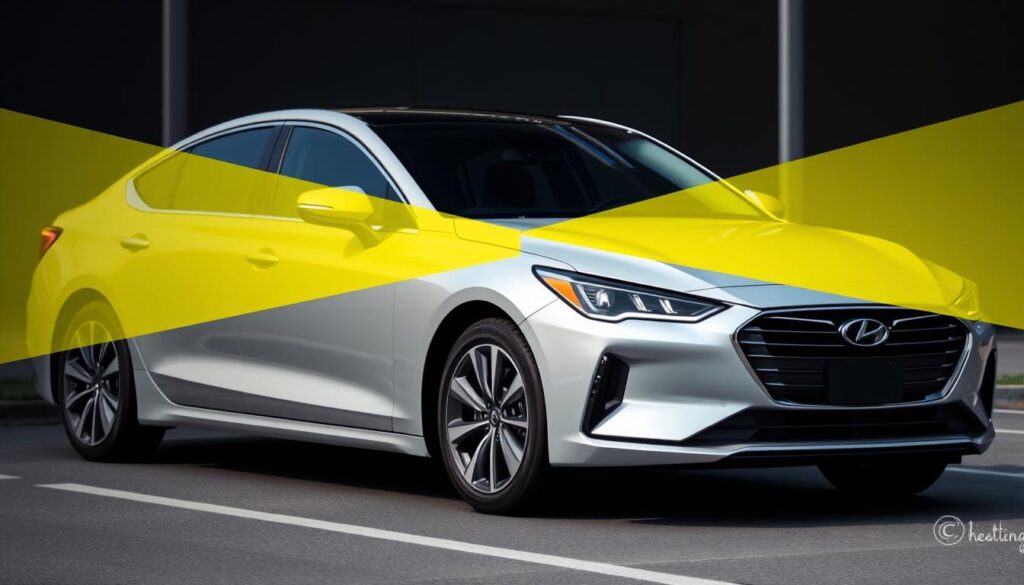
Collision warning and prevention systems are among the most critical safety technologies being integrated into modern vehicles. These systems use a combination of radar, cameras, and sensors to detect potential crash situations and alert drivers before an accident occurs. By monitoring the distance between vehicles, relative speeds, and closing rates, these systems can determine if a collision is imminent, providing drivers with crucial seconds to react.
According to the National Highway Traffic Safety Administration, such systems have the potential to significantly reduce the number of accidents on our roads.
Lane Departure and Blind Spot Technologies
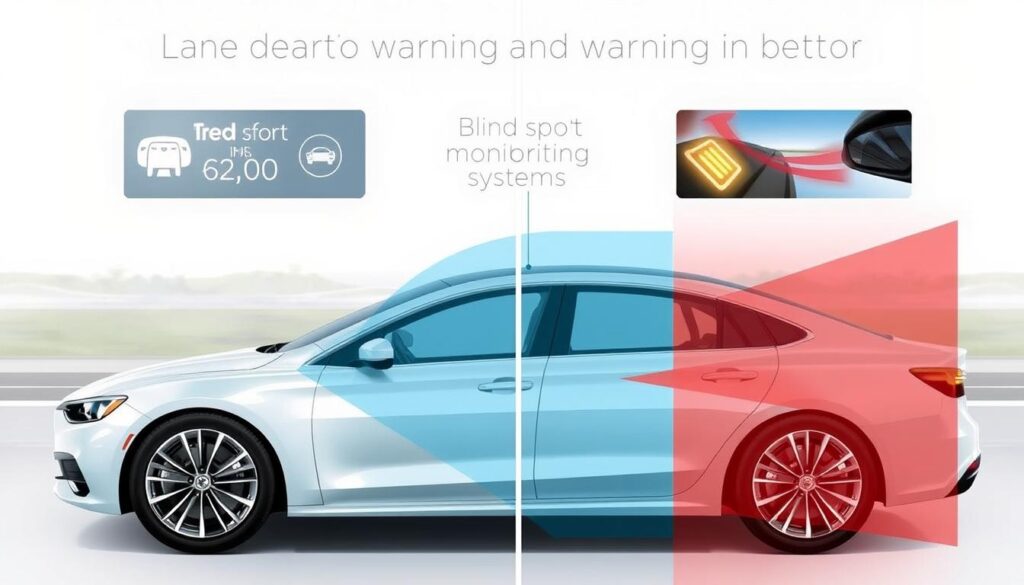
Lane departure and blind spot technologies have revolutionized side and rear awareness. Using cameras and sensors, these systems monitor areas that are traditionally difficult for drivers to see consistently. When a vehicle drifts out of its lane without a turn signal or is detected in the blind spot during a lane change, these systems provide visual, audible, or haptic warnings to alert the driver of potential danger.
Automatic Emergency Braking and Pedestrian Detection
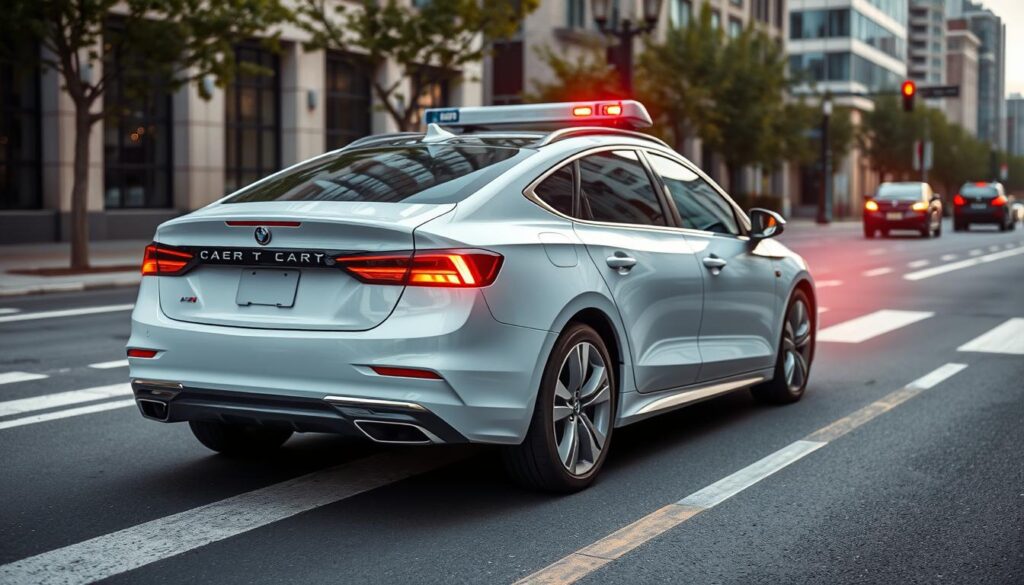
Automatic emergency braking represents one of the most significant safety innovations. These systems actively apply the vehicle’s brakes when they detect an imminent collision that the driver hasn’t responded to adequately. Some advanced versions can even detect pedestrians, cyclists, and animals crossing the vehicle’s path, making them particularly valuable in urban driving environments.
The integration of these advanced safety technologies has been shown to significantly reduce the severity of crashes or avoid them entirely. Research has demonstrated that vehicles equipped with these technologies experience fewer accidents and insurance claims, underscoring their effectiveness in preventing crashes and saving lives.
Smart Convenience Features Enhancing the Driving Experience
We’re witnessing a significant transformation in the driving experience, thanks to the integration of advanced convenience features in modern vehicles. These innovations are not only making our daily commutes more enjoyable but also reducing driver fatigue and stress.
Adaptive Cruise Control and Traffic Jam Assistance
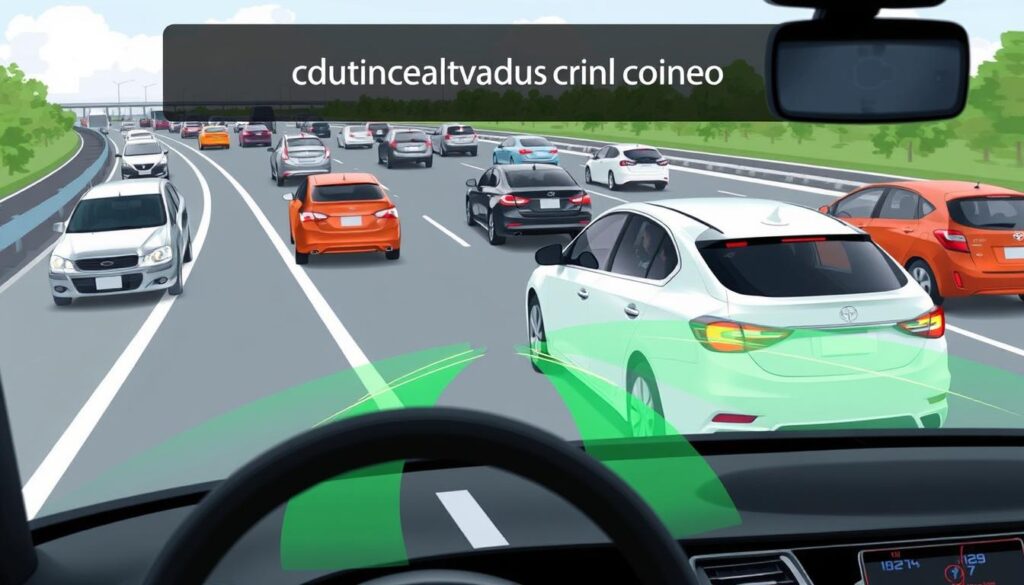
Adaptive cruise control has evolved significantly, automatically adjusting the vehicle’s speed to maintain a safe distance from the vehicle in front. The latest traffic jam assistance technologies further enhance this feature by handling stop-and-go driving in congested urban environments.
This technology is particularly useful in reducing driver fatigue during stressful driving scenarios, such as heavy traffic conditions.
Biometric Access Systems
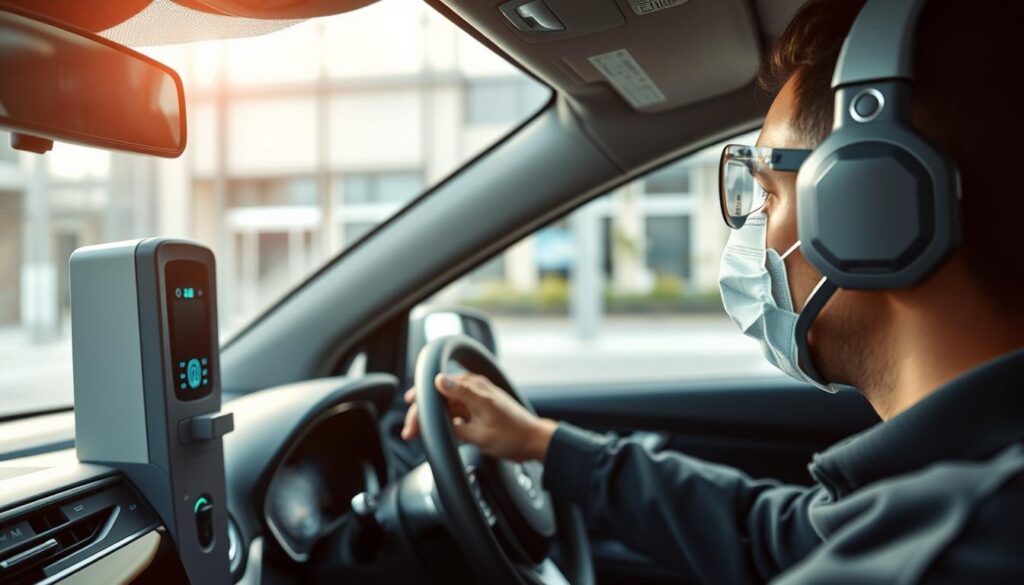
Biometric access systems represent a significant leap forward in vehicle security and personalization. Using unique biological identifiers like fingerprints or facial recognition, these systems control vehicle access and enable instant personalization of settings based on the identified driver.
Cabin Comfort and Personalization Technologies
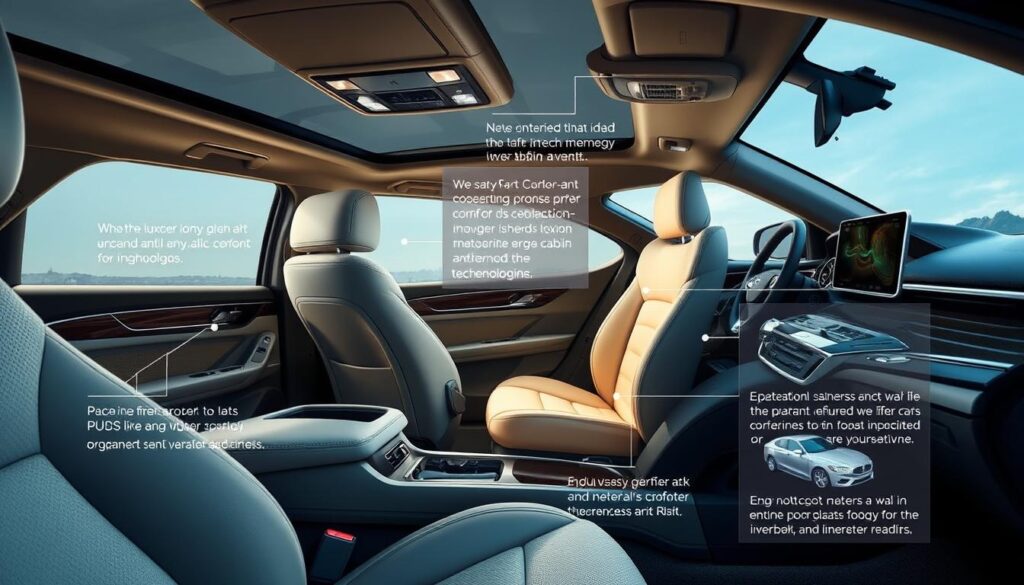
Modern cabin comfort technologies are creating increasingly personalized environments within vehicles. Systems can remember and automatically adjust seating positions, climate preferences, and entertainment settings for different drivers.
Advanced climate control systems offer multi-zone temperature regulation, air purification, and even predictive heating or cooling based on weather conditions and user patterns.
The integration of these convenience features with smartphone apps allows drivers to remotely control various vehicle functions, enhancing the overall driving experience.
The Rise of AI and Machine Learning in Vehicles
The automotive industry is on the cusp of a revolution, driven by the integration of AI and machine learning into vehicles. We’re witnessing an unprecedented integration of artificial intelligence and machine learning technologies in modern vehicles, creating systems that can learn, adapt, and even anticipate driver needs.
Self-Learning Systems That Adapt to Your Driving Style
Self-learning AI driver assistance monitors your every move and driving style and habits, to predict next movements. It can give helpful tips on driving style, reduce driver fatigue, and make driving long distances easier. These intelligent systems can adjust everything from throttle response and transmission shift points to steering sensitivity and suspension settings based on recognized driving styles, road conditions, and even time of day.
Predictive Maintenance and Fault Detection
Predictive maintenance uses AI to monitor all systems in the vehicle to predict failing quality, providing early alarm to limit potential damage. By analyzing patterns in sensor data and comparing them against known failure signatures, these systems can alert drivers to potential problems long before traditional warning lights would activate. This predictive capability not only helps prevent roadside breakdowns but also optimizes maintenance schedules, potentially extending vehicle life and reducing overall ownership costs.
Futuristic Technologies Coming to Your Next Vehicle
The future of driving is being shaped by innovative technologies that promise to enhance safety, convenience, and connectivity. We’re on the cusp of seeing truly revolutionary technologies in production vehicles that will fundamentally change how we interact with our cars and the world around us while driving.
Windshield Displays
Holographic windshield displays represent a significant leap beyond traditional head-up displays, projecting three-dimensional information that appears to float in the driver’s field of view at various apparent distances. These advanced displays can overlay navigation directions directly onto the road ahead, highlight potential hazards with visual cues, and provide contextual information about surroundings without requiring the driver to look away from the road.
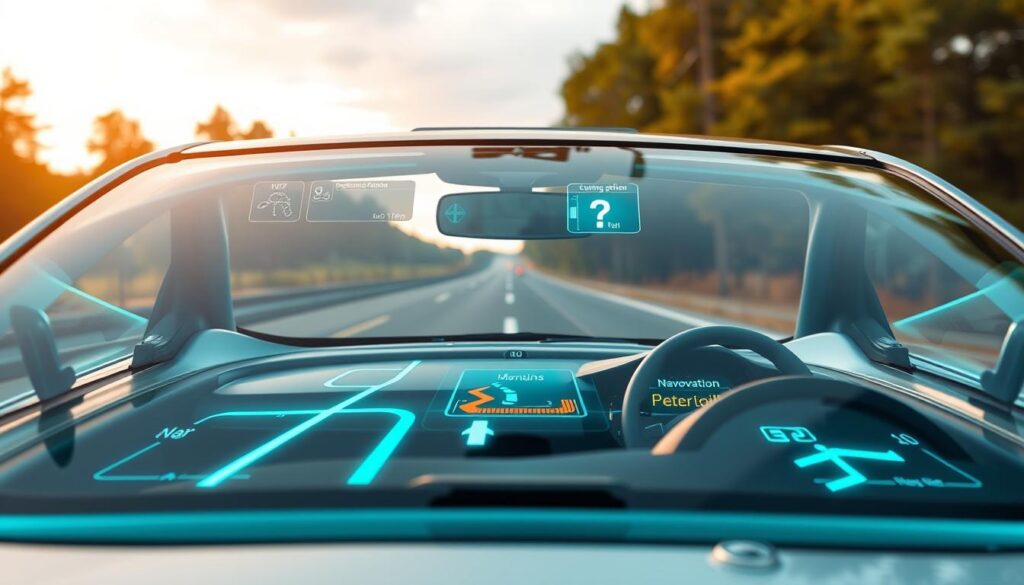
Wireless Charging
Wireless charging capabilities are evolving beyond smartphone charging pads to include the vehicle itself, with development underway for parking spaces that can charge electric vehicles without any physical connection. This technology promises to eliminate the hassle of plugging in electric vehicles, making the charging process completely seamless.
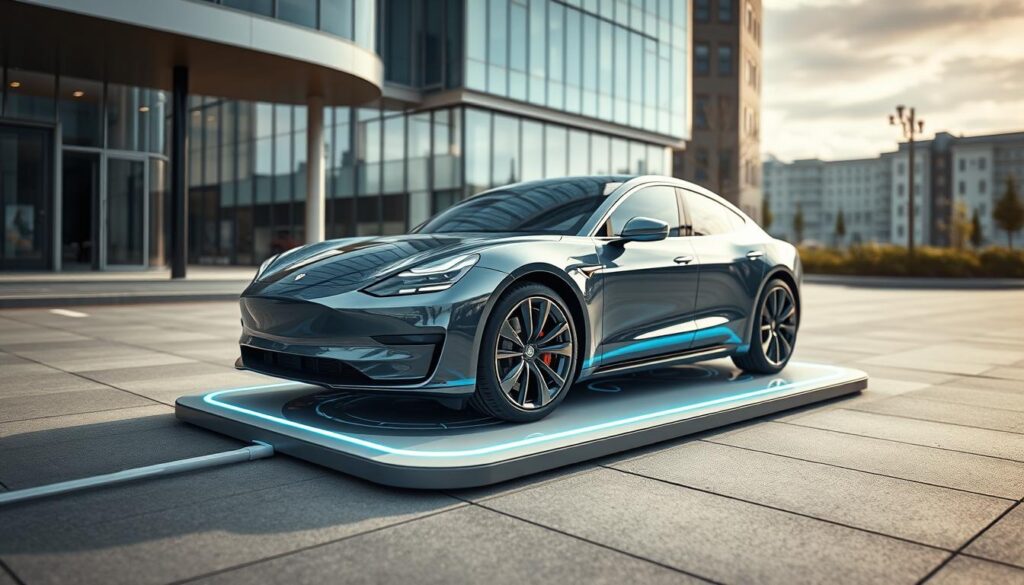
Context-Aware Connectivity
Context-aware internet connectivity represents perhaps the most futuristic development, using eye-tracking technology to determine what the driver or passenger is looking at and automatically providing relevant information. This tech could allow drivers to simply look at a restaurant, landmark, or business and instantly receive information about hours, reviews, or services.

Understanding Automation Levels and Self-Driving Technology
With the rapid advancement in automotive technology, distinguishing between various levels of vehicle automation has become increasingly important. The Society of Automotive Engineers (SAE) has established a widely accepted classification system that defines six levels of driving automation, from Level 0 (no automation) to Level 5 (full automation under all conditions).
Current Driver Assistance vs. Future Automation
Currently, production vehicles primarily feature Level 1 and Level 2 systems, which provide driver assistance but require constant supervision and readiness to take control. Level 1 systems handle either steering OR acceleration/braking in specific scenarios, while Level 2 systems can simultaneously control both steering AND acceleration/braking while still requiring driver supervision.
The transition to Level 3 automation, where the vehicle can drive itself under limited conditions but may request driver intervention, represents a significant technical and regulatory challenge. Understanding these distinctions is essential for consumers to have realistic expectations about their vehicle’s capabilities and limitations.
Safety Implications of Increasing Automation
The safety implications of increasing automation are complex, with potential benefits from eliminating human error but new challenges related to system reliability, cybersecurity, and the human-machine interface. As we move towards higher levels of automation, it’s crucial to address these challenges to ensure the safety and reliability of vehicles.
By understanding the different levels of automation and their implications, we can better navigate the transition towards increasingly autonomous vehicles, enhancing both safety and convenience on our roads.
Conclusion: Embracing the Technological Revolution in Automotive Safety
The convergence of artificial intelligence, sensor technology, and advanced computing is transforming vehicles into sophisticated, intelligent systems. This pivotal moment in automotive history is fundamentally reshaping the driving experience, making it safer, more convenient, and more enjoyable.
The rapid development of driver assistance technologies has already demonstrated significant safety benefits. Studies have shown substantial reductions in accidents for vehicles equipped with features like automatic emergency braking and lane departure warning. As these technologies continue to evolve and become more widespread, we anticipate a substantial reduction in traffic fatalities and serious injuries, potentially saving thousands of lives annually.
The transition toward higher levels of automation promises even greater safety improvements by addressing the primary cause of most accidents—human error. For consumers, understanding these technologies and their capabilities is becoming increasingly important when making a vehicle purchasing decision, alongside traditional considerations like brakes and acceleration.
For more information about cutting-edge car technology for safety and convenience, contact us via WhatsApp: +44-7822010953. By embracing these technological advancements with both enthusiasm and a clear understanding of their current limitations, we can all contribute to a safer, more efficient, and more enjoyable transportation future.

